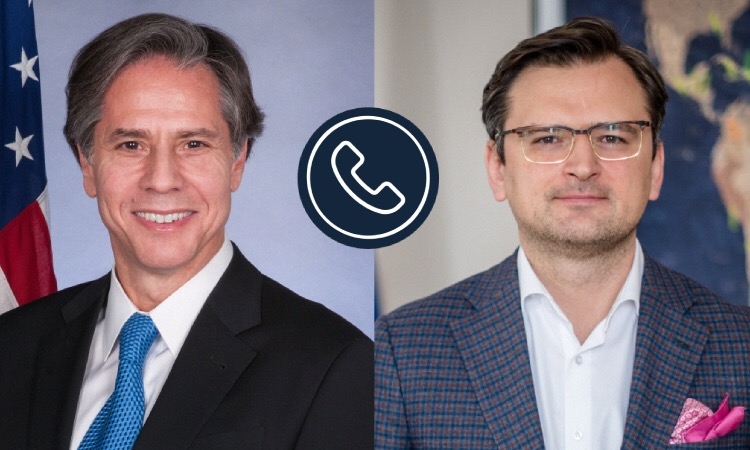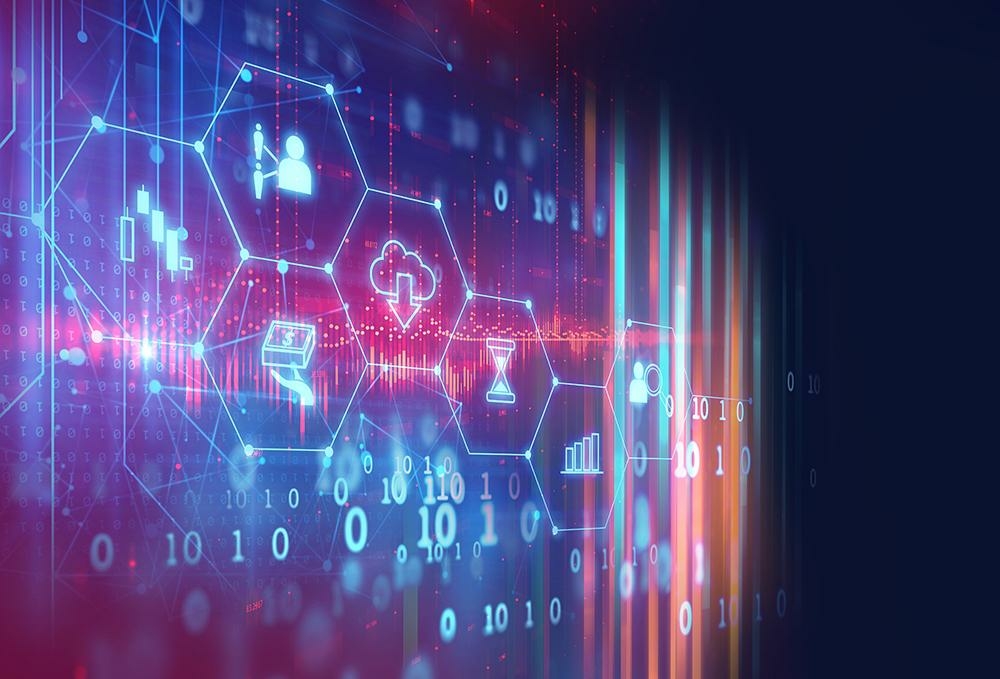World-leading zoologist Ilya Mechnikov was not safe in the city of Odessa. The soldiers broke up protests. Students have disappeared. And the local police chief put Mechnikov on a list of “politically unreliable” individuals. He decided it was time to leave. On May 22, 1882, Mechnikov handed in his letter of resignation to the rector of the Imperial Novorossiya University (at that time in the Russian Empire, now Odessa National University in Ukraine), and left the country1.
Following the assassination of Tsar Alexander II in March 1881, scientists in the Russian Empire faced increasing repression. Anyone vaguely suspected of “disloyalty” to the Tsar was arrested or forced to resign. Mechnikov escaped to the Italian island of Sicily, where he continued his research on marine biology. In 1883, after the political situation in Russia had calmed down, Mechnikov returned to Odessa and delivered a paper on what he called the phagocyte theory. This laid the foundations of modern immunology, and later earned Mechnikov the 1908 Nobel Prize in Physiology or Medicine, shared with the German scientist Paul Ehrlich. But the political threats did not go away. Finally, Mechnikov moved to Paris, where he worked until his death in 1916.
Since Russia’s war against Ukraine began in February, how to rebuild science in the invaded country has been much discussed. There are questions about what to prioritize, whether the existing system needs reform and how the international community can best support scientists in Ukraine2. A better understanding of the history of science can help plan for the future.
Ukraine’s location on the borderlands of the Russian and Soviet empires created opportunities for scientists of various backgrounds, ethnicities and religions. However, these scientists often faced violent conflict and political repression. The fact that Ukraine has been a melting pot for defining what scientific freedom really means has fostered some incredibly creative and original science. It also generated a culture of resilience.
Civil-war scientists
Following the Bolshevik Revolution of 1917, the Russian Empire collapsed into civil war. In the Crimea, the quantum physicist Yakov Frenkel – a committed revolutionary – was captured and imprisoned by the counter-revolutionary White Army, which fought against the Red Army of the Bolsheviks. Locked up in prison, Frenkel began to think about what it really meant for an electron to be “free. See the article : HIMARS: What is this high-tech rocket system sent to Ukraine and how important is it?.” Electrons were “not free in the real sense of the word,” he argued. The flow of electricity could be better explained, Frenkel realized, by imagining electrons as part of a “collective excitation”—what we now call quasiparticles. The chaos of war and revolution gave rise to ideas that transformed existing understandings of quantum mechanics3.
After the end of the civil war in 1923, science flourished again in Ukraine, especially in Kharkiv, the capital of the Ukrainian Soviet Socialist Republic until 19344. Several important scientific institutions were established, including the Ukrainian Institute of Physics and Technology in 1928 And although the Bolsheviks resisted Ukrainian independence, the early revolutionary culture created a space to celebrate national identity, with the hope that Ukrainian science would be “national in form, socialist in content”5.
A 1971 computer assembly line at the Institute of Cybernetics in Kyiv, where researchers planned an automated network sometimes called the Soviet Internet. Credit: M. Nachyinkin/akg-images/TT News Agency
Some scientists in Ukraine saw their work as part of broader nation-building. These included the pioneering psychologist and pedagogue Ivan Sokolianskii. In the aftermath of the civil war, Sokolianskii established a school for children who were deafblind at the Kharkiv Institute of People’s Education, arguing that children with disabilities—including those disabled during the conflict—had to be taught as part of the “joint action” of nation building Sokolianskii insisted that these children should gain an appreciation of their native Ukrainian language, which later brought him into conflict with the Soviet authorities6.
Stalinist purges
During the 1930s, science was increasingly expected to conform to Marxist-Leninist ideology, and tolerance for a separate Ukrainian national identity decreased7. This may interest you : Barch Named Associate Dean for Research in Arts and Sciences – The Source. Oppressions of the Ukrainian people included the famine known as the Holodomor, instigated by the Soviet state, which killed several million people between 1932 and 19338.
Joseph Stalin, who consolidated his leadership of the Soviet Union, initiated a wave of arrests and executions between 1936 and 1938. Scientists in the Ukrainian Soviet Socialist Republic (SSR) were often targeted. The sociologist Semën Semkovskii was executed in Kharkiv in 1936, accused of supporting “bourgeois idealism” after claiming that Albert Einstein’s theories of special and general relativity were compatible with Marxism9. Physicists Lev and Olga Shubnikov, a married couple who worked together at the Ukrainian Institute of Physics and Technology, were also arrested. Lev was tortured and forced to sign a confession stating that he was a “member of a Trotskyist sabotage group” before being executed. Olga was spared only because she had just given birth to the couple’s first child10.
However, despite such severe repression, which was soon followed by the upheavals of the Second World War, scientists in the Ukrainian SSR did their best to continue. The physicist Antonina Prykhotko defended her PhD in 1943 in Ufa, in the Ural region of Russia, where the Ukrainian Institute of Physics and Technology was evacuated. After the war, she joined the Institute of Physics in Kyiv, where she pursued her research in low-temperature spectroscopy (see go.nature.com/3pu2nnx).
Science after Stalin
After Stalin’s death in 1953, the new Soviet leader, Nikita Khrushchev — the former head of the Communist Party in the Ukrainian SSR — reduced the ideological pressure on scientists11. Among those who benefited most from this period of relative freedom was the director of the Institute of Cybernetics in Kyiv, Viktor Glushkov, a pioneer of early computer networks12. Between 1962 and 1970, Glushkov and his team mapped out the specification for the All-State Automated System, sometimes referred to as the Soviet Internet. This may interest you : The scientific part of CHIPS and the Science Act. Glushkov believed that an automated computer network could implement the principles of a socialist command economy, but without an authoritarian leader. He and his colleagues even dreamed of a fictional country, Cybertonia, in which the computer network replaced the socialist state. However, the Politburo in Moscow did not like the idea of being replaced by a computer, and therefore refused to finance Glushkov’s project after 197013.
Meanwhile, Soviet money increasingly went to weapons and nuclear power plants – many of which, including Chernobyl, ended up in what is now Ukraine. Less and less went to fundamental scientific research. The imprint of the Soviet Union’s bureaucracy could still be felt as Ukraine struggled to reform its scientific funding and infrastructure after gaining independence in 199114.
In the face of the ongoing Russian invasion, scientists in Ukraine and their supporters have exercised determination and creativity to continue working, in their own country and elsewhere. Students attend university courses, even if they are often forced to log in far from a bomb shelter or basement. That attitude is to be expected. Ukraine’s history has been punctuated by violent conflict and political repression, which has nurtured a scientific culture defined by resilience and creativity. Investing in the people of Ukraine, and using this diverse culture, will be crucial for the future of science in the country.
References
Vikhanski, L. Immunity: How Elie Metchnikoff Changed the Course of Modern Medicine (Chicago Review Press, 2016).
Duszyński, J., McNutt, M. & Zagorodny, A. Science 376, 1249 (2022).
PubMed
Article
Google Scholar
Kojevnikov, A. B. Stalin’s Great Science: The Times and Adventures of Soviet Physicists (Imperial College Press, 2004).
Plokhy, S. The Gates of Europe: A History of Ukraine (Basic Books, 2015).
Martin, T. The Affirmative Action Empire: Nations and Nationalism in the Soviet Union, 1923-1939 (The Affirmative Action Empire): Nations and Nationalism in the Soviet Union, 1923-1939 (Cornell Univ. Press, 2001).
Knox, J.E. & Kozulin, A. In The Disabled in the Soviet Union: Past and Present, Theory and Practice (eds McCagg, W. & Siegelbaum, L.) 63-84 (Univ. Pittsburgh Press, 1989).
Krementsov, N. Stalinist Science (Princeton Univ. Press, 1997).
Applebaum, A. Red Famine: Stalin’s War on Ukraine (Knopf Doubleday, 2017).
Vucinich, A. Einstein and Soviet Ideology (Stanford Univ. Press, 2002).
Reinders, L. J. The Life, Science and Times of Lev Vasilevich Shubnikov: Pioneer of Soviet Cryogenics (Springer, 2018).
Smith, J. & Ilic, M. (eds) Khrushchev in the Kremlin: Politics and Government in the Soviet Union, 1953-64 (Routledge, 2011).
Competing Interests
Gerovitch, S. From Newspeak to Cyberspeak: A History of Soviet Cybernetics (MIT Press, 2002).
What does Ukraine produce for technology?
Peters, B. How Not to Network a Nation: The Troubled History of the Soviet Internet (MIT Press, 2016).
Graham, L. Science in Russia and the Soviet Union: A Short History (Cambridge Univ. Press, 1993).
Is Ukraine a technologically advanced country?
The authors declare no competing interests.
What technology is Ukraine known for?
Ukraine’s IT industry is among the country’s fastest growing industries. It is also diverse – from cutting-edge work in AI, cybersecurity, natural language processing and nanotechnologies, to highly commercial ventures in blockchain, FinTech, big data management, gaming, agritech and e-commerce.
Which country has most scientists?
Does Ukraine have good technology? According to a 2020 European Commission report, Ukraine has rapidly developed a high-tech sector, marked by “pockets of scientific excellence,” which has served as home to approximately 185,000 information technology specialists.
The technical component of Ukraine’s battlefield success may not be as surprising as it might first appear. According to Coursera’s 2022 Global Skills Report, the country ranks among the global best in technology skills.
Who has the best scientist in the world?
| Ukraine’s IT industry is among the country’s fastest growing industries. It is also diverse â from cutting-edge work in AI, cybersecurity, natural language processing and nanotechnologies, to highly commercial ventures in blockchain, FinTech, big data management, gaming, agritech and e-commerce. | In 2020, South Korea had the largest number of scientists and researchers per 1,000 employees (full-time equivalent), with 16.61 people working in a research or scientific field per 1,000 employees. Finland was second in the ranking, with 15.93 scientists and researchers per 1,000 employees. |
|---|---|
| Who is the first scientist in the world? Albert Einstein is one of the most famous scientists in the world. He used to be an eccentric man who was perhaps the only scientist in the world who became such a household name. Their theories of relativity, gravitation and their understanding of molecules defined new approaches in science. | name |
| Field of Influence | 1. Alain Aspect |
| Quantum Theory | 2. David Baltimore |
| Virology âHIV & Cancer | 3. Allen Bard |
What does Ukraine supply to the world?
Electrochemistry
4. Timothy Berners-Lee
Does Ukraine supply the US with anything?
Computing (WWW)
What products do we get from Ukraine?
Russian and Ukrainian shares in the global cereal trade (wheat, corn and coarse grains) Ukraine also exports oilseeds (sunflower, soybeans, rapeseed) with a well-established crushing industry to produce sunflower oil. Fifty-two percent of globally traded sunflower seeds and oil came from Ukraine in 2020.




